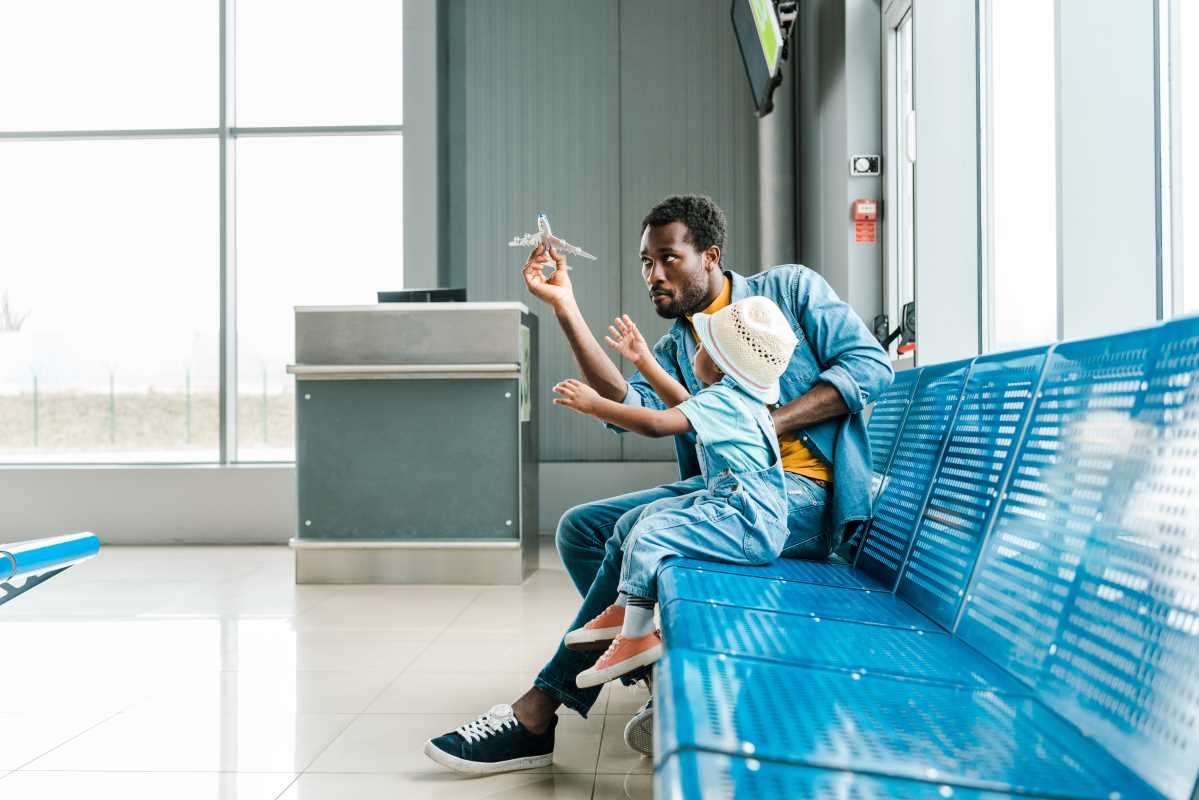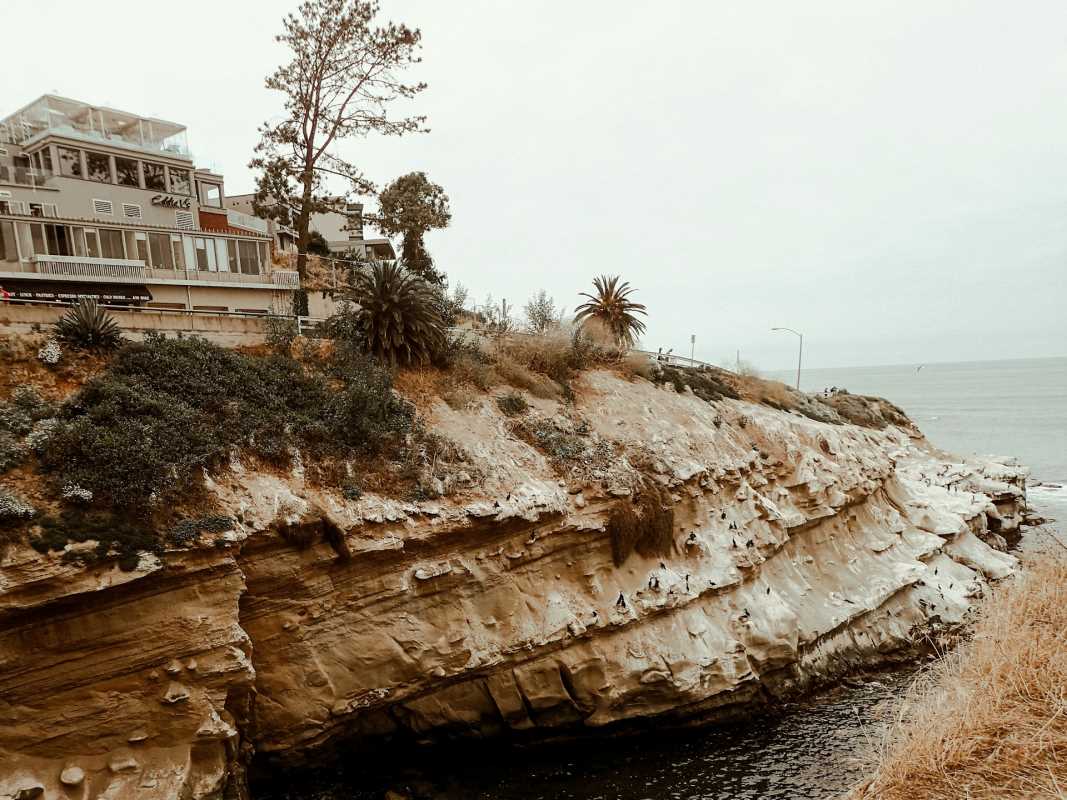Picture this – it's rush hour, you're crammed into a crowded metro car, the train screeches to a halt, and suddenly, stress levels soar. We've all been there, feeling the pressure of public transportation. But fear not, there are ways to conquer the chaos and maintain your cool while commuting. Let’s dive into the world of “Mind Over Metro: Overcoming Stress on Public Transportation,” and discover how to keep your stress in check, no matter the commuting challenge.
Navigating Crowded Platforms
One of the first hurdles of public transit is maneuvering through packed platforms. Whether it's dodging fast walkers or standing in long lines to board, the sheer volume of people can feel overwhelming. A simple strategy to ease the stress is to arrive a few minutes early, which allows you to avoid the peak rush. Crowds tend to be smaller just before or after the height of rush hour, and arriving early can give you a better chance at boarding smoothly.
Another helpful tip: position yourself strategically near the doors, but not too close to block people getting off the train. This will help you board efficiently while keeping the platform experience less frantic. Fun fact: The average metro platform can hold hundreds of people, but positioning yourself near less crowded sections of the platform can make all the difference in boarding with ease.
Dealing with Delays
Ah, the dreaded delay announcement. You’re in a hurry, and suddenly, the train comes to an unexpected stop. It’s easy to feel your frustration rise when your schedule is thrown off. In these moments, it’s crucial to remember that some things, like delays, are beyond your control. Take a deep breath and focus on making the most of the extra time. Use the opportunity to read a book, listen to a podcast, or catch up on emails. Distracting yourself with a productive task can keep you calm and help you feel like you’ve turned an inconvenience into something useful. Fun fact: Delays are often caused by technical issues, weather conditions, or unexpected incidents along the transit line, so they’re a normal part of public transportation.
Finding Your Zen
While public transportation is noisy and often chaotic, you can create a little oasis of calm amidst the hustle and bustle. Wearing noise-canceling headphones is one of the best ways to block out the noise, allowing you to focus on your breathing and quiet your mind. Whether you prefer listening to calming music or using a meditation app, this is a great opportunity to practice mindfulness. Close your eyes, focus on your breath, and visualize a calm, relaxing place.
Fun fact: Studies show that mindfulness practices can reduce stress levels by increasing feelings of relaxation and calm. Incorporating a few moments of deep breathing or a brief meditation session can transform your commute into a time for self-care.
Engaging in Distractions
Sometimes, the best way to handle the chaos is to distract yourself from it. Play a game on your phone, people-watch, or even strike up a conversation with a fellow commuter. Engaging in these small distractions can help pass the time and make the journey more enjoyable. While you don’t always need to be productive during your commute, doing something entertaining or social can keep your mind off the stress.
Fun fact: Social interactions, even brief ones like chatting with a stranger, can boost your mood and decrease feelings of isolation, which often accompanies stressful commutes. By engaging with the world around you in a positive way, you can turn a stressful ride into an interesting experience.
Setting Realistic Expectations
One of the most important ways to manage stress on public transportation is by setting realistic expectations. Public transit comes with its quirks – delays, crowded cars, and unexpected detours are part of the experience. By accepting that not every commute will go perfectly, you can manage frustration and approach each journey with a more positive mindset.
Fun fact: Research shows that adjusting your expectations can lead to greater satisfaction with everyday experiences. When you expect a bumpy ride and things go smoothly, you’ll feel relieved and grateful. But if you expect perfection and encounter an issue, it will feel much more stressful than it needs to.
Utilizing Relaxation Techniques
When stress is unavoidable, relaxation techniques can make all the difference. Practice deep breathing, visualization, or progressive muscle relaxation during moments of tension on public transit. These techniques are simple yet effective in reducing anxiety and calming both the mind and body.
For example, deep breathing can help trigger the body’s relaxation response, lowering heart rate and blood pressure. Visualization, where you imagine a peaceful scene, can mentally transport you away from the busy commute. Progressive muscle relaxation, where you tense and then release muscle groups, can relieve physical stress. Fun fact: Deep breathing stimulates the parasympathetic nervous system, promoting a state of relaxation.
Mastering the art of “Mind Over Metro” is all about finding balance, remaining adaptable, and embracing the journey. By implementing these strategies, you can transform your commute from a source of stress into a moment of tranquility, no matter how chaotic the situation. The next time you step onto a crowded train or encounter a delay, remember that you have the tools to conquer stress and find peace in your daily transit adventures. Whether it's through mindfulness, distractions, or simply adjusting expectations, you can reclaim control and make commuting a more positive experience.







